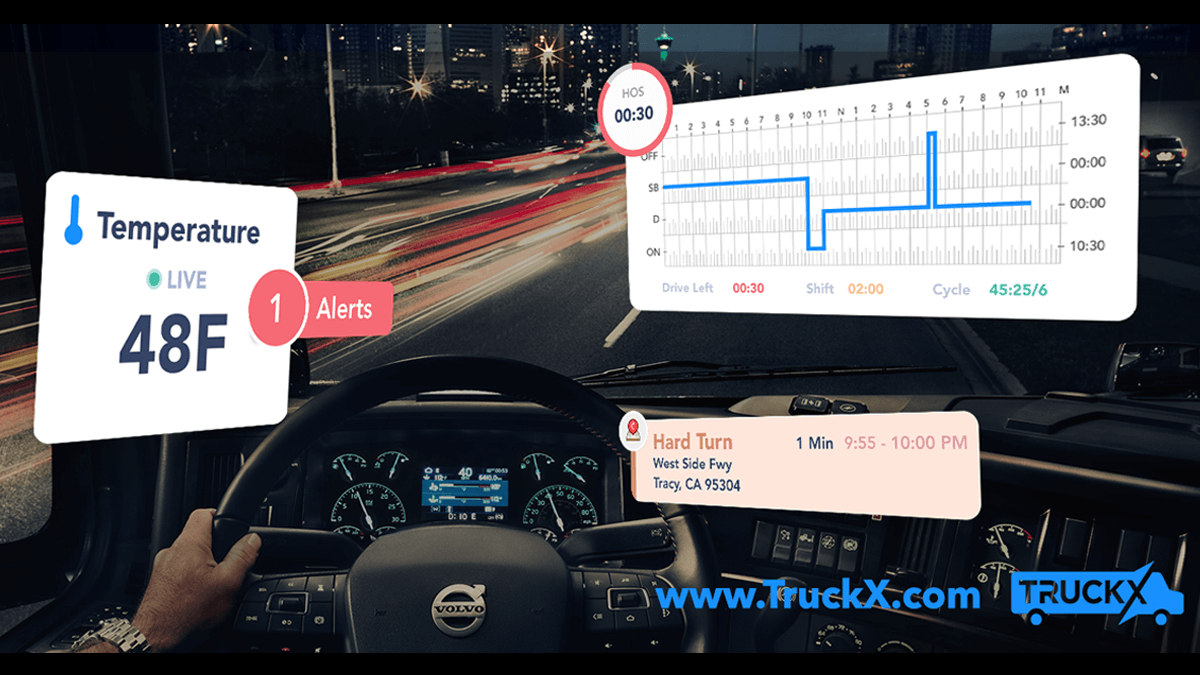According to the NHTSA report, over 35,000 fatal accidents were recorded in 2020. Another study found that rollover accidents account for more than half of all truck occupant deaths. Passenger vehicles, pedestrians, and motorcyclists are the most vulnerable when they collide with large fleets, accounting for more than 29% of passenger vehicle occupant deaths. These numbers are drastic.
Times are changing, employee dynamics are shifting, and trucking companies must step up their efforts to provide a safe working environment for their drivers. Baby boomers are retiring, and the new workforce, which is made up of tech-savvy millennials and Gen Z, expects technologies that can make their jobs easier and driving safer.
Favorably, digitization has enabled the industry to do more than just provide a safety net for both employees and fleets. However, trucking corporations sometimes invest in solutions that are more confusing than helpful to users. If the trucking industry wants to attract new talent, the emphasis should be entirely on technology that enhances the experience.
Let us take a look at this aspect in detail.

Why Should New-Age Technology Be Easy to Use?
It Can Cause Irritation and Resistance
Installing the best ELD system for your drivers is important, but what if that ELD system has complicated software that makes it difficult for drivers to record their hours of service or other details? Such systems only add to the frustration of drivers and can cause irritation and resistance to using them.
Technology should work for the drivers rather than against them, so careful consideration should be given to what is deployed. For example, TruckX’s ELD system not only comes with all the necessary certifications, but it also includes free Bluetooth ELD devices for an enhanced user experience.
It Might Take Up More Time and Effort
Consider installing fleet management software that constantly sends alerts to the driver, causing them to lose concentration and repeatedly check their systems. In this scenario, the implementation of technology has simply increased the time and effort on the part of the trucker, which isn’t something that should be pursued.
The Whole Idea of Seamless Management Is Nullified
Technology’s installation is to make drivers’ jobs easier by providing them with the right tools for navigating, recording their information, and staying safe on the road. But with the wrong products, their life can become miserable. The vision of the seamless driver and fleet management can fall flat in the face of ineffective and time-consuming technological deployments that only add to the confusion.
What Problems Can Occur if Drivers Are Not Able To Use Technology Efficiently?
System-Related Issues
Drivers may encounter a variety of system-related issues. For example, connectivity issues can cause delivery delays, improper integration of solutions can hinder operations, frequent charging of batteries can be difficult in harsh weather, and the system can generate false alarms if it is not functioning properly. These problems can become worse when drivers are on the road and have no idea how to repair these technically sound but improperly placed devices.
Compliance Issues
The government requires and mandates electronic logging devices; however, not all software is certified and approved by the FMCSA. If a driver is unable to set or reset their driving status on the software while stopping or starting the fleet, the entire concept of being ELD compliant is lost. If the installed ELD is unable to record data on its own or synchronize the movement of the truck for data tracking, this only serves to increase the load on drivers.
Other Issues
System issues are one thing, but getting used to these systems in the first place is a common issue for truckers. If the systems are difficult to learn and train on, drivers may feel overwhelmed by learning cutting-edge technology and incorporating it into their daily operations.

How Can These Technologies Benefit Drivers if Used Correctly?
Technology should work for drivers rather than against them. It shouldn’t leave them exhausted and frustrated. Prioritizing the driver should be the ultimate goal when moving forward with these technological implementations because, at the end of the day, drivers would be bearing these installations.
Here are some ways that these technologies can help drivers if they are used correctly.
- Trackers and sensors can improve driver safety by providing a 360-degree view of their journey. This can prove viable when multiple cameras are used to improve the visibility of the surroundings or when sensors make decisions for better safety based on real-time data collection.
- Using IoT-driven technology can assist in synchronizing the fleet with analytics and detecting problems before they occur for easy maintenance. This not only improves efficiency but also reduces the possibility of being stranded due to a faulty truck.
- When there is little interaction between the machine and the driver, the chances of human error are greatly reduced. These technologies also monitor driver behavior and record real-time driving footage to avoid future litigation issues.
If you need solutions that work in favor of truckers, you should try what we have in store at TruckX. Over 90,000 drivers rely on our products and the support documents and videos we provide for immediate assistance. Some of our products come with a one-year warranty and free internet, ensuring that no fleet is ever stranded. Get in touch with us to learn more.








